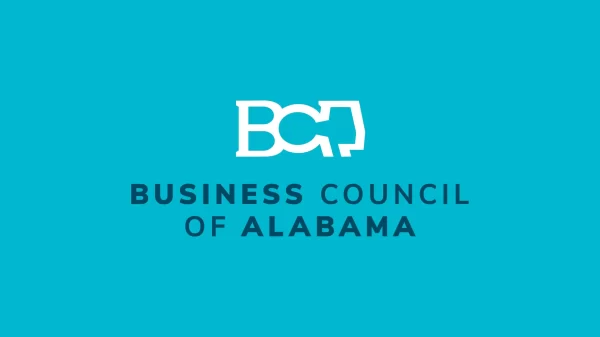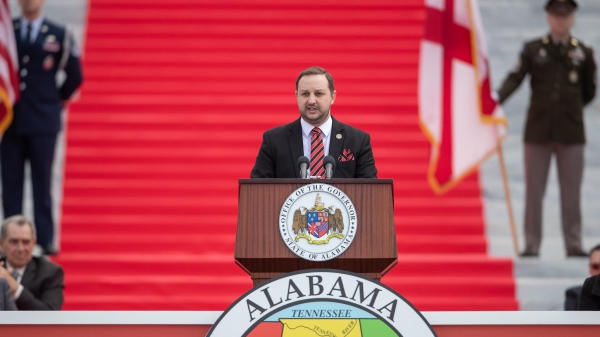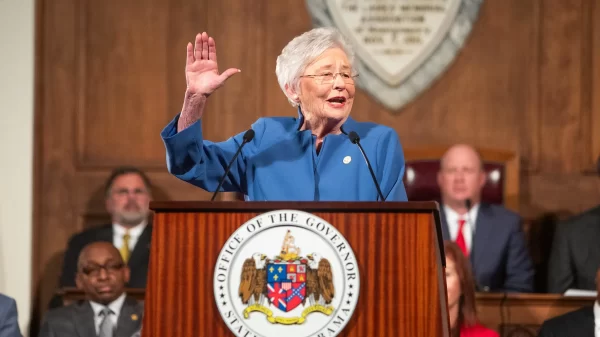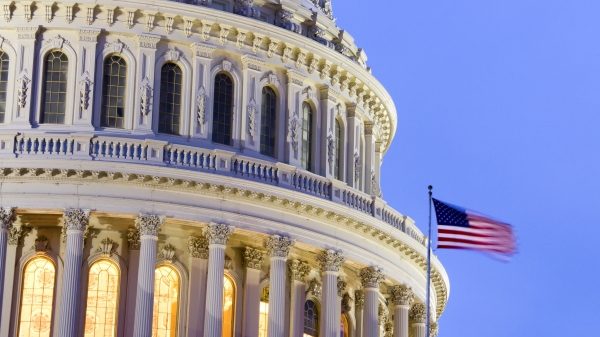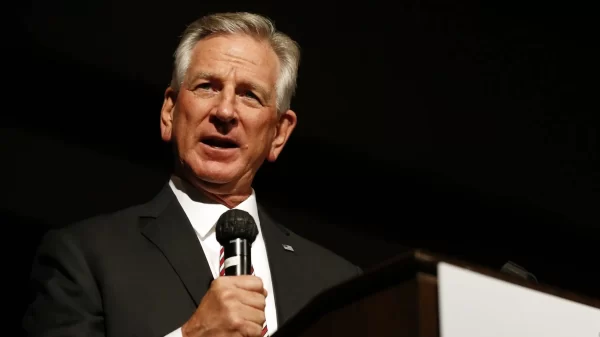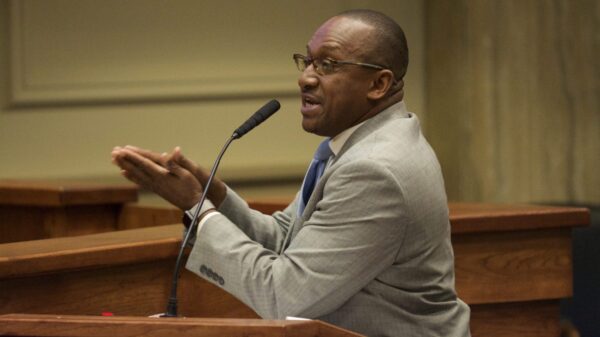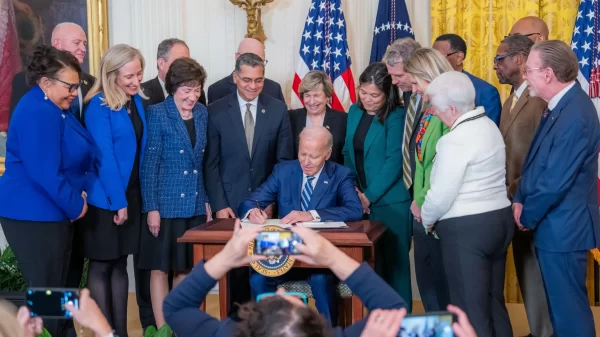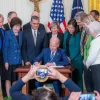President Joe Biden on Thursday approved $27.2 million to Alabama to mitigate the impacts of climate change.
Alabama’s funds come from more than $3.46 billion made available to states through the Federal Emergency Management Agency’s Hazard Mitigation Grant Program.
“The Department of Homeland Security is committed to helping build stronger and more resilient communities that are prepared for future disasters,” said Secretary of Homeland Security Alejandro Mayorkas in a statement. “States, tribes, territories, and localities will now receive the funding needed to treat the climate crisis with the sense of urgency it demands. Through this funding, communities across the nation will have the critical resources needed to invest in adaptation and resilience, and take meaningful action to combat the effects of climate change. This funding will also help to ensure the advancement of equity in all communities, especially those that are disproportionately at risk from climate change impacts.”
Communities across the country have been impacted by the enormous effects of hurricanes, floods, wildfires, earthquakes, and other events, the White House said in a press release.
“The increasing duration, intensity, and severity of such disasters—which are exacerbated by climate change as well as changes in population, land use, and weather patterns—are alarming and devastating, especially for underserved populations,” the release states.
The White House said mitigation projects can include:
- Reduce risks associated with climate change, such as wildfires, drought, increased flooding, and coastal erosion, through the use of nature-based features, such as storm water parks, living shorelines, and land conservation.
- Address persistent residential vulnerabilities by mitigating repetitive loss structures affected by flooding.
- Help utilities or other critical facilities adapt to future conditions and reduce risks, through microgrids, seismic and wind retrofits, flood protection, and other infrastructure protection measures.
The funds can cover 75 percent of the cost of eligible projects, with states or communities covering the remaining cost.


